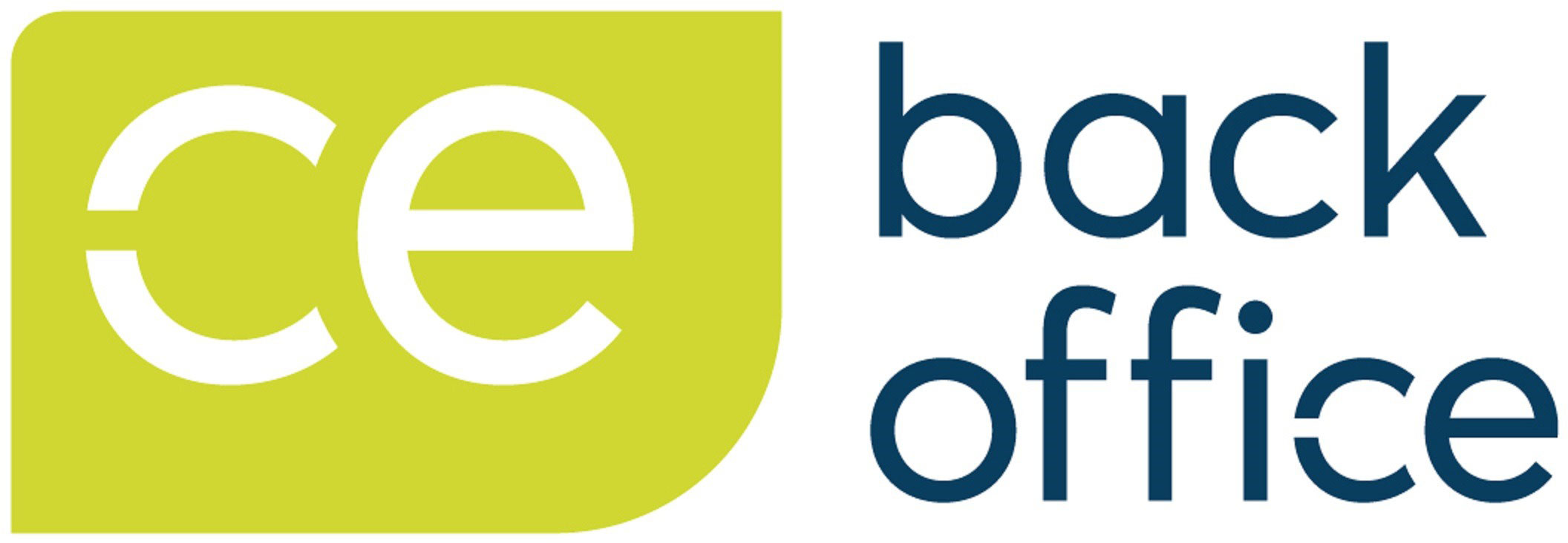Moving to a global payroll provider can have both advantages and disadvantages. Each global organisation will have a different payroll landscape, challenges and aspirations. An organisation may choose to migrate to a global payroll provider if it provides cost savings, simplifies processes, reduces risks, and provides scalability for future growth. However, it is important to conduct a thorough analysis before making any decision. Here are some potential pros and cons:
Pros:
- Simplified processes: A global payroll provider can offer a centralized and streamlined payroll process that covers multiple countries, which can reduce administrative workloads and costs for businesses.
- Compliance: A global payroll provider can offer expertise in navigating the complex and ever-changing regulatory landscape of different countries, ensuring that businesses are in compliance with local laws and regulations.
- Scalability: A global payroll provider can offer the ability to easily expand operations into new markets, as the provider can handle the complexities of payroll administration in different countries.
- Cost savings: A global payroll provider can leverage economies of scale to provide cost savings for businesses compared to managing multiple local providers.
- A single supplier contract can be easier to manage at contract renewal.
Cons:
- Loss of control: Outsourcing payroll to a global provider means relinquishing some control over the process and potentially not having as much visibility into the payroll data and operations.
- There may not be a viable business case to migrate smaller payrolls from local providers that are running effectively.
- The majority of global payroll vendors use local providers where they do not have native capability and the service levels can differ considerably.
- Vendor lock in means that you cannot change provider on a poorly run payroll and organisations are left fixing issues on a month by month basis.
- Global payroll providers sometimes draw organisations in with low setup costs and initial subscriptions. At contractual renewal, significant price increases have been know to be applied which the customer has had no option but to accept.
- Each local payroll requires an independent migration and some sort of parallel testing to ensure accuracy. This comes at a significant time and cost for an organisation.
- Migrating multiple payrolls at once can take resources away from strategic change in an organisation.
- Integration issues: Integrating a global payroll provider with existing HR and Finance systems can be complex, and there may be challenges with the data migration and system compatibility.
- Different ways of capturing transactional HR data in the HR system compared to the payroll system can result in manual transfer of data.
- Getting it wrong can lead to significant reputational damage for an organisation whilst getting it right may go under the radar of senior leadership.
- Communication barriers: Working with a global provider may involve language and cultural differences that can lead to communication challenges and poor service.
- Dependence on a single provider: Consolidating payroll operations with a single global provider means that if there are issues with the provider, it can have significant impacts on the business’s payroll operations across multiple countries.
CE Back Office can help set your global payroll strategy and your global payroll migration roadmap. We are global payroll provider agnostic so will provide advice that is right for your organisation and situation.






